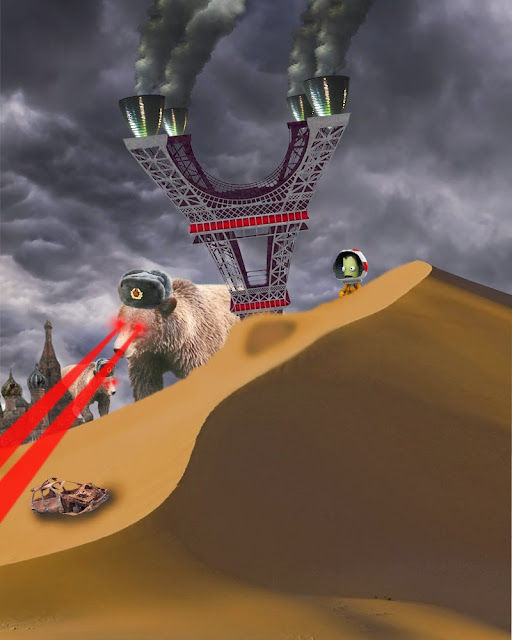Question 7: Looking back at your preliminary task, what do you feel you have learnt in the progression from it to the full product?

Looking at these two products it is easy to see that there is a much more advanced level of editing skills shown in the Magazine Cover than in the Preliminary Task.
What have I learned while creating this product?
Between the production of these two products I have learned a lot about Photoshop including using other programs to create a base image which can be edited (Adobe Illustrator for the Grid). I have learned how to use blending options like overlays, inner / outer glow, chroma keying, colour balance tweaking(clearly seen on my models' face), using real-life lighting to match the style/colour scheme of my product, using layers to my advantage, naming layers for easy navigation and management of my product while editing, and other miscellaneous things like style and colour scheme continuity / consistency, colour composition (what colours work well together), chroma keying, and use of layers to my advantage.
How have I developed my skills or understanding?
I have developed my understanding of the process of creating a product like this and the difficulty of it due to the huge effort required beyond just image editing. Finding a model, arranging a photo shoot, working with your model and establishing clear communication to give them a clearer understanding of what you want, getting the right images, getting the lighting right in your photo shoot, choosing the right mise en scene, working with and taking advantage of what resources I had both at college and at home (e.g. the props and equipment such as the aviator sunglasses which had been on top of my chest of drawers for years after getting them as a joke back in high school, the green screen room, high-grade cameras, overhead lighting with customizable colours, costumes), managing my time, organizing my work, and disciplining myself to work when I could've procrastinated and wasted valuable time.
What would I change about my product?
Honestly, I would've changed the genre which I based my product on. The genre was extremely niche and it was unbelievably difficult finding information about the genre and the artists as it is very experimental and bandcamp / soundcloud based rather than being a distributed, professional genre of music. Plus, a more well established genre would have pre-existing magazines and similar content to actually reference and copy styles and elements from, rather than having to make like hard for myself and reference much more obscore things as well as creating my own themes. The entire project would've been much easier to complete had I chosen the EDM or Classic Rock genres for example.
Was it useful carrying out the preliminary task and why?
Carrying out the preliminary task at the start of the year was in my opinion, hugely helpful to me personally as I gained fairly decent Photoshop skills during media production at high school during years 10 and 11, through out 2011, 2012 and 2013. I had not used Photoshop much since late 2012 and this was approximately 2 years later in late 2014. Photoshop had become alienated to me and the existing knowledge that I had during high school couldn't hold a candle to my confidence and ability in photoshop now. The preliminary task was a silly image, but it helped me re-acquaint myself with Photoshop's layout, get used to the changed in CS6 compared to CS5 which I used in high school, and it was generally beneficial as well as educational for some of the basic techniques that I used in my magazine like the lasoo tool, burn & dodge, blending options like glow, and more.
What skills and knowledge did I learn in order to produce a music magazine?
While I've mentioned some of these in the other questions, the main skills and other things that I've learned throughout the production of this music magazine are:
1. Intermediate Photoshop tools including:
- The Colour Range Select Tool
- Blending Options
- Creating Mask Channels to apply Effects and Filters to
- the Magnetic Lasso Tool
- The Colour Dropper Tool
- The Transform Tool including Aspect Ratio Lock and Skew
2. I have learned how to organize a photo shoot and communicate with a model in order to get the best out of a photo shoot.
3. I have learned how to use lighting and colour composition in my magazine to create a visually appealing image and colour scheme.
4. I have learned how to use GoAnimate!
5. I have learned how to use Blogger
6. I have learned how to experiment with settings and tools in Photoshop in order to discover effects and visuals which I like and incorporate them into my design for an image (notable the blending options and gradients)
7. Finally, I have gained a greater understanding of the process of creating a music magazine and the importance of time management when creating something requiring such a wide variety of work to complete it.









